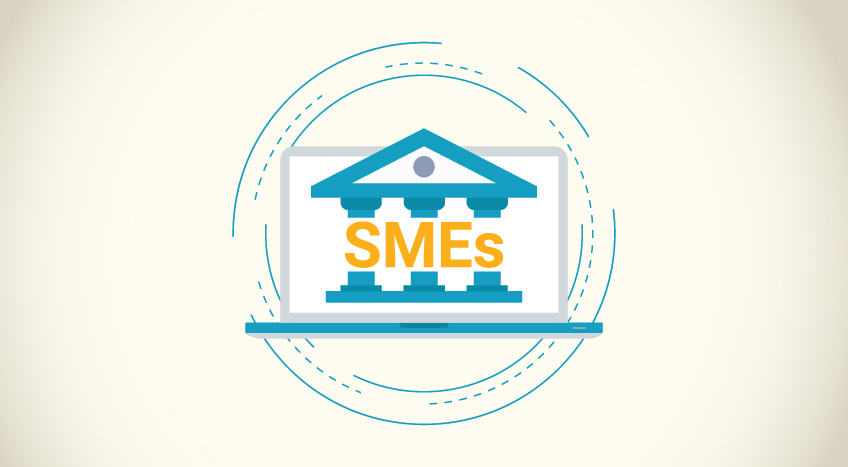- What's the difference between distributions and dividends?
- What is a dividend?
- What is a distribution?
- Distribution vs. dividend: Taxation
- How to report dividends and distributions
- Distribution vs. dividend: What is a yield?
Investment in shares is becoming more and more popular. So investors need to understand the different terms that are used in investment. Investors study dividend yield and distribution yield as essential metrics to keep an eye on their investments. Though the terms are similar, they have their differences. Read on to understand what is a dividend and the terms distribution and yields.
What's the difference between distributions and dividends?
Shareholders put their money into companies with the hope of making more money. Companies make money and return it to their investors through dividends and distributions.
C corps and S corps are companies that have shareholders, but S corps cannot have more than 100 shareholders while C corps can have unlimited shareholders. C corps can have international ownership, and S corps owners must only be US citizens. The C corps can issue different classes of stock, and the S corps can only issue one stock type. C corps can give their shareholders dividends, and S corps can provide distributions with.
Companies doing well share their profits with shareholders by paying them dividends. This may be in the form of cash or more shares. S corp companies pay a distribution to their shareholders, usually in the form of cash.
What is a dividend?
A company shareholder may be entitled to a share in the company’s profits paid out to shareholders as a dividend. The right to the dividend depends on the terms and conditions of the type of shares that they hold. A company may pay its dividends as a cash payment or as other non-cash assets. The profits may also be capitalized and paid out as more shares, called scrip dividends. The company may also use the profit cash to buy existing shares that are available on the market, which is called a dividend reinvestment plan (DRIP).
What is a distribution?
Distributions are paid out to S corp companies and are a cash payment, bonus share payment, or the payment of assets to the shareholders when the company is winding up.
Distribution vs. dividend: Taxation
C corps attract double taxation for the corporate as well as the individual. This means the company pays taxes on its profits. When they are paid out to the shareholders, they also pay taxes on their dividends. S corps are called pass-through tax entities similar to LLCs, proprietorships, and partnerships, and their profits are passed on to the shareholders who pay the taxes on them. So, there is no taxation on the corporate level. Owners of S corps can receive their distributions tax-free if their contribution to the company has enough basis. However, if the distribution is more than the basis of the company, capital gains taxes may be levied. Taxation is a major difference between distribution vs. dividend.
How to report dividends and distributions
Accurate and timely reporting of dividends and distribution to the authorities is mandatory to avoid penalties and legal issues. C corps report dividends through the 1099-DIV form, and S corps report dividends through the Schedule K-1 (Form 1120-S) in Box 16, where the shareholder’s gains, losses, income, tax credits, and deductions are detailed.
To fill these forms wholly and correctly, you must have all the essential information, recent tax returns, financial statements, and incorporation articles. If you use financial management software such as TallyPrime, you will find all the relevant accounting information at the click of a button. If you are not confident about filling these forms, speak to a qualified accountant to get it right.
Distribution vs. dividend: What is a yield?
Stockholders and investors invest money in a company with the hope that it will make them a profit. The earnings generated by investment are called a yield. The yield is expressed as a percentage of the increase in the security’s market value or face value over the invested amount. It is inclusive of the interest and the dividends that are received as the holder of shares. Yield may be anticipated or known. It may be tempting to interpret a high yield as a low-risk and high-income indicator, but it could also be because the stock prices are falling.
Dividend yield and distribution yield are ratios of different return types. The dividend yield is calculated as the ratio of the financial year's dividend payout over the current share price. These ratios are calculated and expressed as the company’s market value percentage. The value of these yields depends on the company’s strategies over the year and is a result of the decision meaning and management of its management team. The dividend or distribution yield is the award or money the investors make for their investment in the company.
The distribution yield is calculated as the annual distribution over the fund’s current value. It is the return that the investor makes through an exchange-traded fund (ETF). Instead of totaling the year’s returns, the last month’s distribution is multiplied by 12 to calculate it for the year. The resulting number is divided by the Net Asset Value (NAV) of the fund at the time of purchase.
The dividend yield is made through the company’s dividend payouts and the stock price rise. Though dividends are considered less risky investments, companies do not always pay dividends. So, making investment decisions only based on the company’s distribution vs dividend paid out is not wise.
Main Differences Between Dividend Yield and Distribution Yield
One of the main differences between dividend yield and distribution yield is that the dividend makes money for investors through cash paid and stock price rises. It is helpful to compare companies with each other. Distributions, however, are based on cash flow and are a good way to compare the company’s performance over different time periods. It can also be used to compare the performances of ETFs and other investment vehicles. Companies and organizations use the dividend yield to measure their performance against each other. The dividend yield is taxable, while the distribution is not entirely taxed but is based on capital gains.
The dividend and the distribution yields are good ways to measure the return on investment. But, they are only indicators of the company’s past performance and not a reliable way to estimate the future performance of the investment. So, the dividend or distribution yields are not the only factors one should consider to pick the right company to invest in.
Read More:










